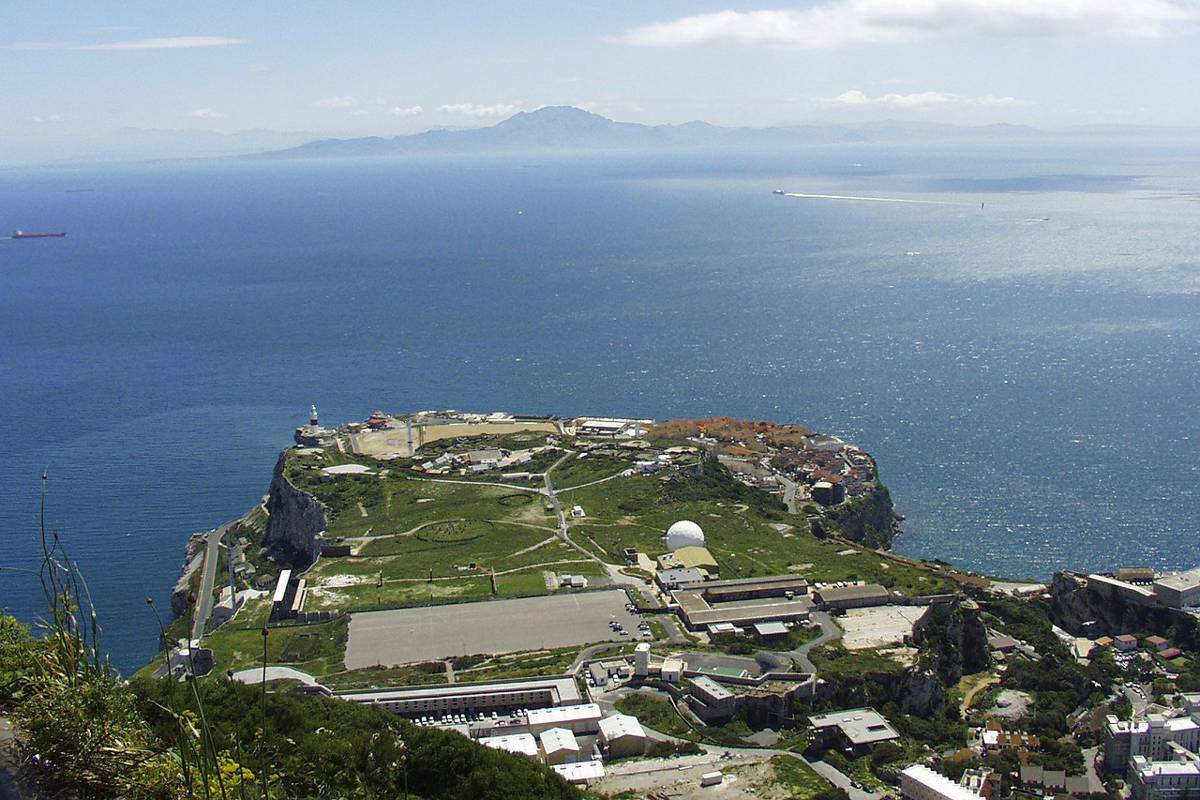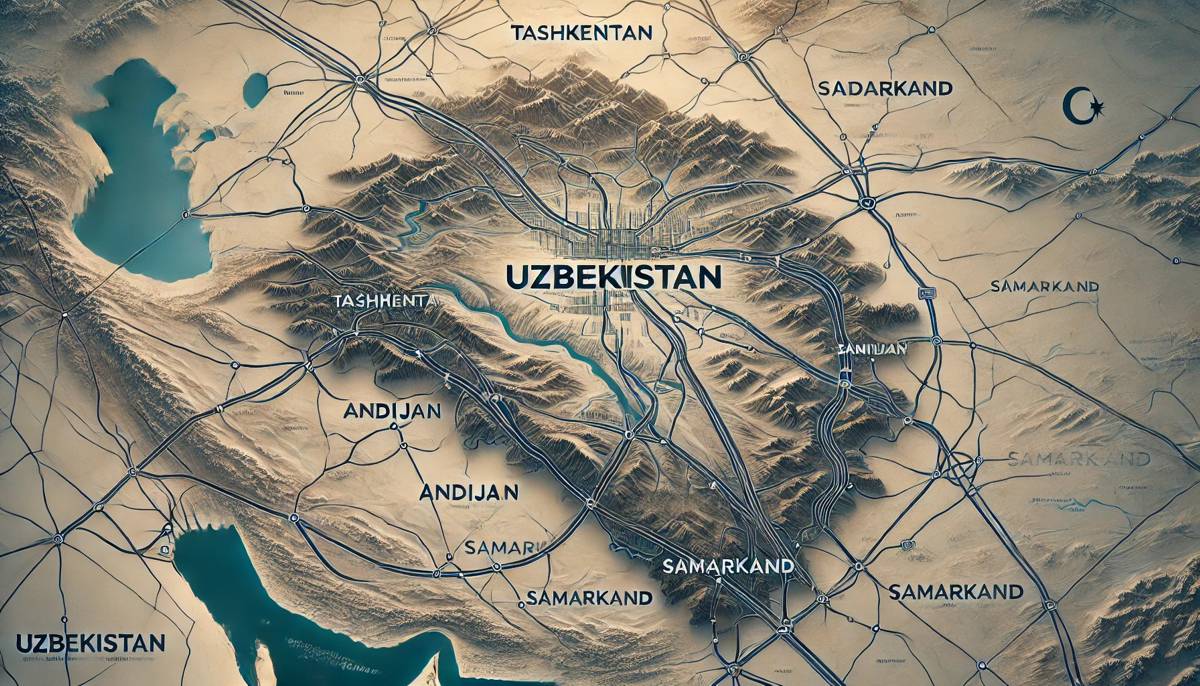The Ambitious Quest for a Tunnel Under the Strait of Gibraltar
In a seismic revelation, geologists proposed that the Mediterranean Sea was once a vast, enclosed lake, with no apparent exit points in the east or west. However, the relentless forces of tectonic plate movements and other natural phenomena gradually reshaped the contours of the continent. Initially, the Mediterranean shrank in the east, before a mysterious geological transformation led to the formation of the Strait of Gibraltar, a narrow waterway spanning just 13 kilometres.
Residents of the Spanish and Portuguese southern coastlines, and the northern Moroccan coastlines can actually catch see each other across this relatively narrow expanse. In total, nearly 90 million people inhabit this region. Surprisingly, the notion of connecting both states and continents via a bridge or tunnel has long been a tantalizing prospect, yet it has remained unrealized for decades.
Recently, however, Spain and Morocco have rekindled their plans for this colossal endeavour, envisioning a passage dubbed the “Strait of Gibraltar Channel.”
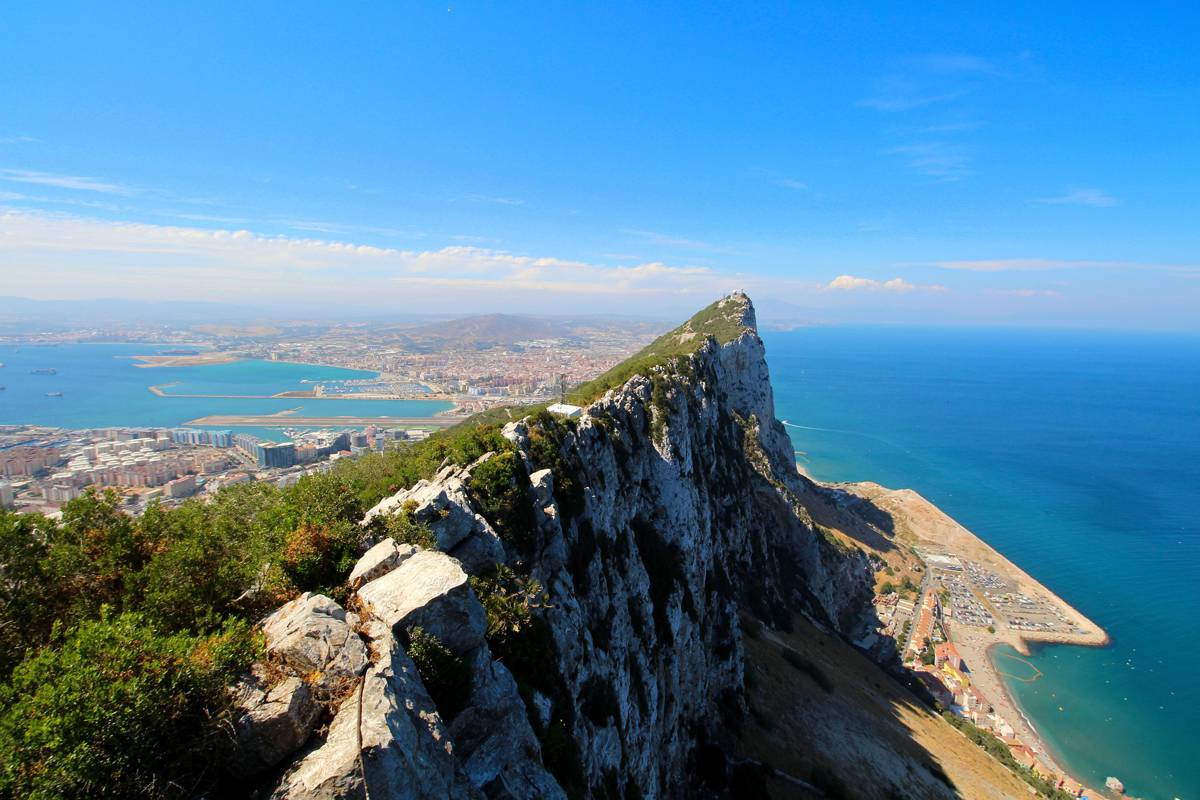
The Strait of Gibraltar, which links the Mediterranean Sea with the Atlantic Ocean, lies between the southernmost tip of Spain and north-western West Africa. It navigates through the territorial waters of Morocco, Spain, and the British Overseas Territory of Gibraltar. Stretching for 36 miles, the strait narrows to a mere eight miles at its narrowest point, situated between Point Morocci in Spain and Point Ceres in Morocco. Ferries ply this waterway daily, making the crossing in as little as 35 minutes.
At first glance, the idea of building a structure over a 13-kilometer stretch of water may appear trivial in the realm of modern engineering marvels. Consider, for example, the recently inaugurated bridge connecting Russia and the Crimean Peninsula, spanning nearly 20 kilometres. In China, multiple bridges extend over distances exceeding 40 kilometres. The world’s longest existing bridge over water, the Hong Kong-Zhuhai-Macao Bridge, measures a staggering 56 kilometres.
So why hasn’t a bridge between Europe and Africa materialized? Is it a lack of engineering prowess or financial resources? The answer, paradoxically, is both yes and no.
The dream of linking the African and European coastlines was conceived in the mid-19th century, a period when railways were rapidly emerging as a dominant mode of transportation for people and goods. At one point, there was even a proposal to construct a dam and block the Strait of Gibraltar entirely to facilitate transportation. Fortunately, the necessary resources were not available at that time.
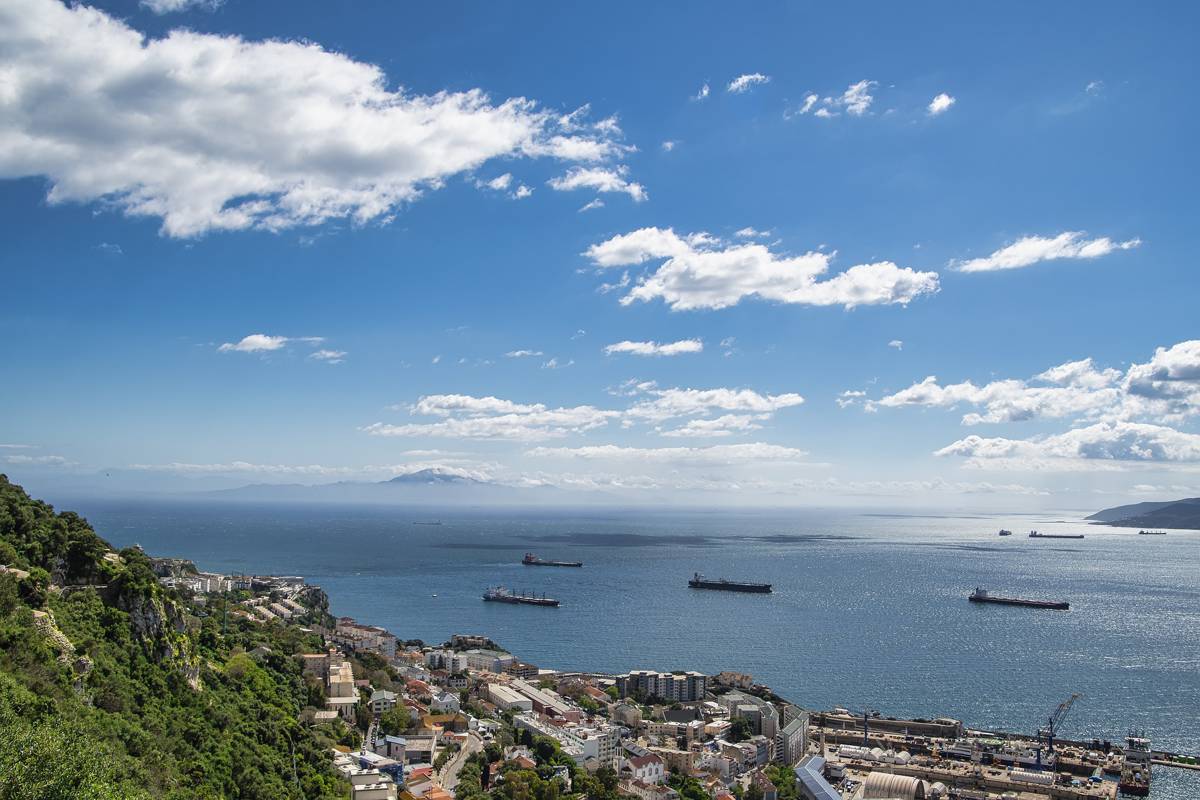
While visionary engineers periodically kept the dream alive, it took more than a century for the project to regain momentum. In June 1979, the Common Hispanic-Moroccan Declaration of Fez was signed by the kings of Spain and Morocco to facilitate the crossing between Europe and Africa. In 1988, the Moroccan King expressed hope that the bridge would be completed within his lifetime, but these hopes remained unrealized.
Over the years, several engineers have designed various bridge and tunnel proposals, each with its own alignment and structural configuration. For instance, a proposal by Professor T.Y. Lynn featured a 14-kilometre-long bridge with 910-metre-tall towers and a 5,000-metre span, more than double the length of the longest existing bridge span. In 2004, architect Eugene Sui proposed a floating and submerged bridge connected to an island in the Mediterranean Sea. However, the construction of a bridge was ultimately ruled out as impossible.
In December 2003, Spain and Morocco explored the construction of an underwater rail tunnel across the strait. Yet, engineers encountered a major obstacle when they discovered extremely hard rock beneath the strait, making traditional tunnelling unfeasible with the available technology. One proposed solution involved anchoring a prefabricated concrete tunnel to the strait’s floor using cables, but geological challenges raised doubts about its viability.
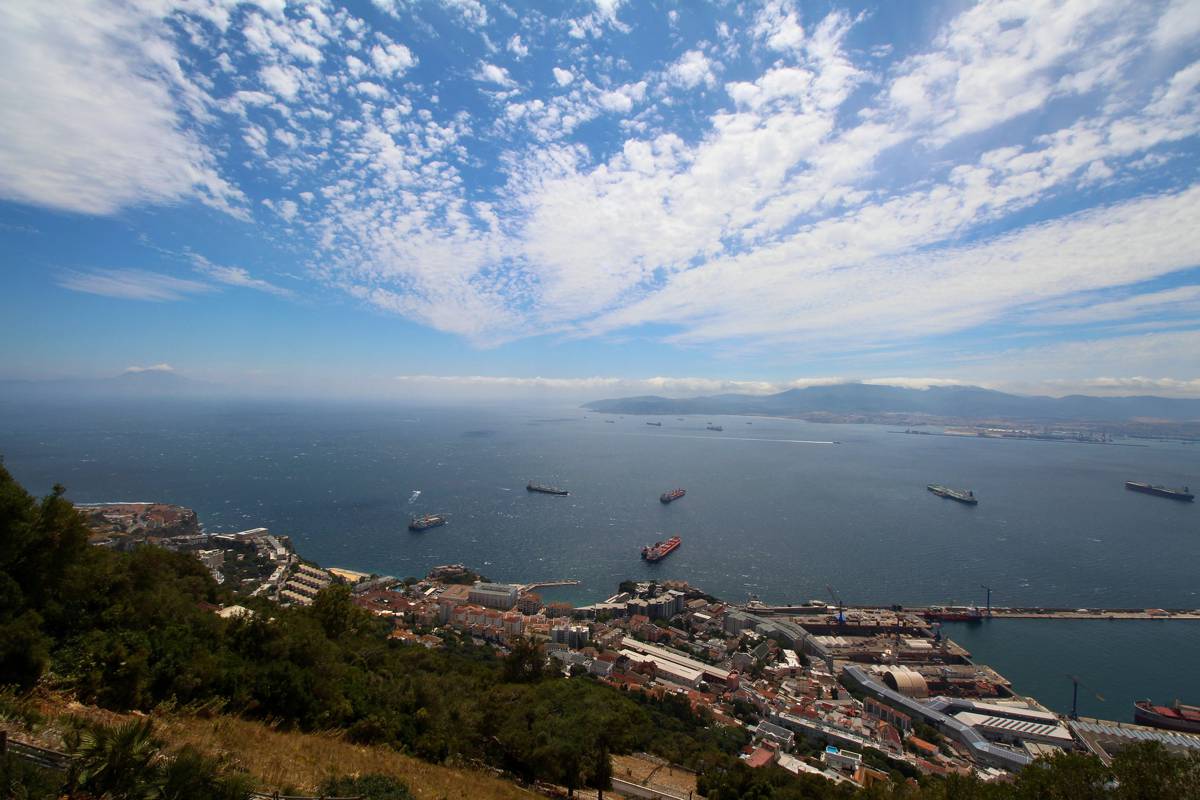
In late 2006, Lombardi Engineering, a Swiss engineering and design firm, was tasked with drafting a design for the railway tunnel. The unique challenges included the greater depth of the strait compared to the English Channel and the presence of an active geological fault, the Azores-Gibraltar Transformed Fault, which intersects the strait, causing seismic activity. The strait’s depth, particularly in the narrowest region, presented further complications.
Additionally, the tunnel project grappled with the complexities of multi-directional ocean currents, posing formidable obstacles for engineers and hydraulic experts attempting to assess the structure’s durability. These issues compounded the construction’s complexity and raised doubts about its feasibility. Furthermore, the project’s cost was a significant concern, with early estimates from 2007 projecting a total construction cost of 5 billion euros, which, adjusted for inflation, would exceed 7 billion euros today.
However, recent studies have rekindled hopes for the tunnel’s feasibility. In February 2023, following a high-level bilateral meeting between Spain and Morocco, the two governments resolved to revive the project for an undersea railway tunnel across the Strait of Gibraltar. The project is slated to commence construction in 2030. Spain’s Minister of Transport, Raquel Sanchez, emphasized that both countries are committed to advancing the project, which has been in the works since 1979. They have already engaged with the German company Herrenknecht, the world’s largest manufacturer of tunnel boring machines, which has expressed confidence in building the massive machines required to drill through the strait’s subsoil.
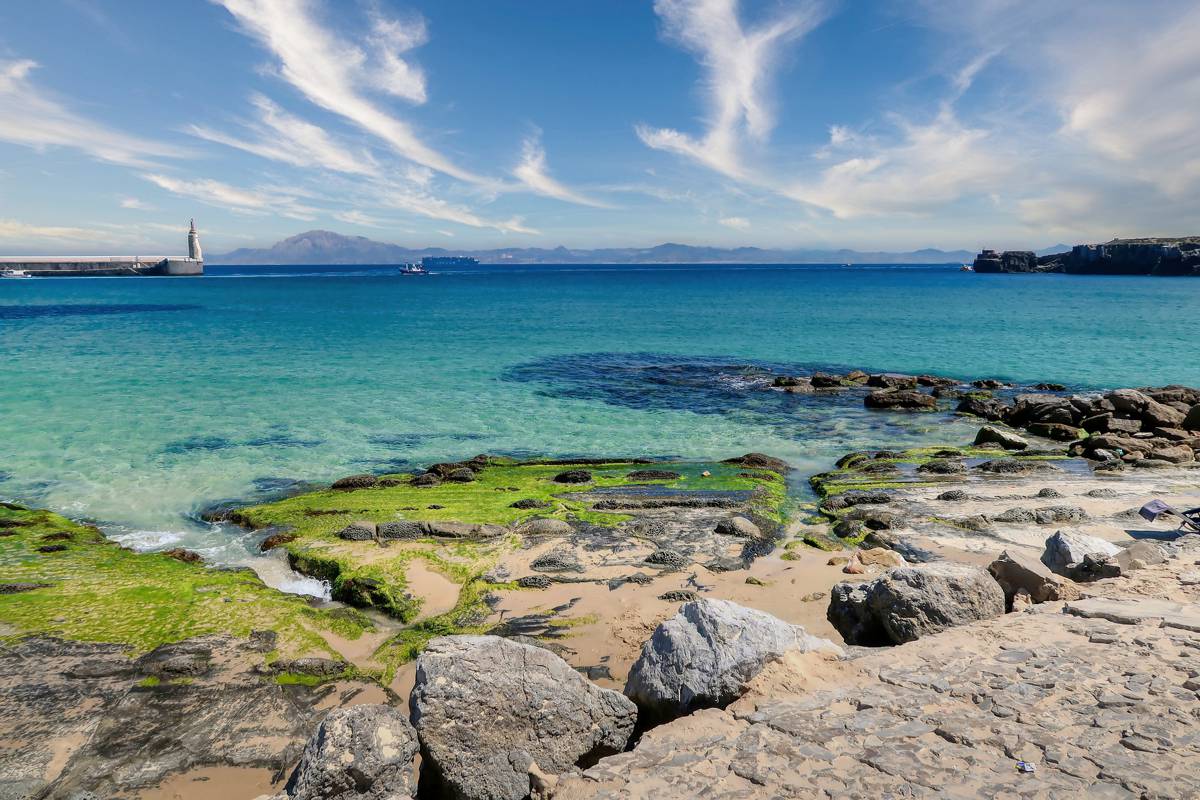
The envisioned tunnel would consist of three segments: two single-track tunnels and a service gallery interconnected by transversal passages spaced 340 meters apart. In total, the tunnel would span nearly 39 kilometres, with 11 kilometres exclusively underground and 27.8 kilometres underwater. Construction is anticipated to span 10 to 15 years and involve a substantial workforce. This ambitious project could stimulate economic growth in the regions proximate to the tunnel.
The tunnel promises to streamline the movement of people and goods more efficiently than air or sea transport, potentially opening up new avenues for trade between Europe and Africa. It could provide European markets with easier access to the African continent through Morocco. In turn, Morocco hopes to attract more tourists and investors, along with an opportunity to market its agricultural products more effectively in Europe and the UK. Additionally, the tunnel could serve as a conduit for a new gas pipeline between Morocco and Spain, expanding its utility.
Despite the structural complexity of the project and scepticism from some experts, advancements in engineering make it not entirely implausible. The improved relations between Spain and Morocco, coupled with the potential for increased trade, render this one of the most significant infrastructure projects on the global stage. As of now, the fate of this colossal undertaking hangs in the balance, but the prospect of a bridge between Europe and Africa could reshape the future of two continents.


